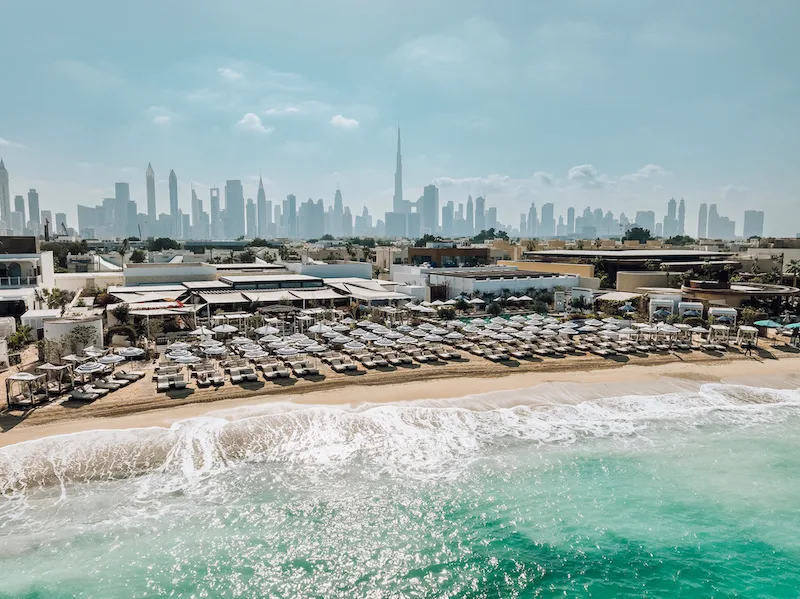This extended festive season, make it your mission to visit the Old Royal Naval College to see Luke Jerram’s astronomical installation, Mars. The latest planet on display follows on from the success of the artist’s other works Gaia and Museum of the Moon and will complete the trilogy of installations at Greenwich.
Mars, our nearest planetary neighbour, has fascinated humans since the earliest times. Visible with the naked eye, it was Babylonian astronomers who named the planet after Nergal, the deity of war and destruction. Our current name follows the Roman version, Mars.
The depiction of Mars in fiction has been stimulated by its red colour and by 19th-century scientific speculations that its surface conditions might support intelligent life. The idea that the red planet was populated by sentient beings gave rise to the term Martians. Author Percival Lowell’s writings put forward the idea of a planet that was a drying, cooling, dying world in which ancient civilisations had constructed irrigation works (Schiaparelli’s “Canali” observations, along with maps of the canal system, further endorsed the concept.)

Mars, © U.S. Aeronautical Chart and Information Center, 1962, illustrating canals on the Martian landscape. There were no close-up pictures of Mars, dismissing the existence of canals, until Mariner 4’s flyby in 1965.
In 1938 in the USA, Orson Welles broadcast in the radio his version of the 19th-century novel The War of the Worlds, causing mass hysteria across the country. In the book, Martians invade Earth escaping their dying planet. Another outstanding fictional account of Mars is Ray Bradbury’s The Martian Chronicles, in which the first human explorers accidentally destroy a Martian civilisation.
Once the Mariner (1965) and Viking (1976) spacecraft returned images of the planet as a lifeless and canal-less world, science-fiction authors used it as a source of inspiration for works concerning environmental problems on Earth. Cosmos author Carl Sagan summed up humankind’s fascination as: “Mars has become a kind of mythic arena onto which we have projected our Earthly hopes and fears.”
Mars, the god of war, indicated with the red arrow, looks down, from the central oval in the Painted Hall, on the planet named after him.

Luke Jerram’s Mars is displayed in Sir James Thornhill’s Painted Hall at the Old Royal Naval Hospital Greenwich, a place originally intended for naval war heroes. The installation fuses the planet’s imagery, lighting, and a surround-sound composition. Thornhill’s fresco in the ceiling of the Lower Hall depicts Mars as the god of war. Visitors need to look at the northwestern corner of the central oval to find the deity in full armour and helmet, ready for battle.
Playfully, in the southeastern part, Galileo Galilei peers through a telescope at Mars, immortalising his first observations of the red planet in 1610.
See by yourself here:
Measuring seven metres in diameter, and internally lit, the artwork is a composition of detailed NASA imagery of the Martian surface so that the scale is about one million times smaller than the actual planet. Mars features a soundtrack by BAFTA-winning composer Dan Jones, including clips from NASA missions to Mars, totally immersing visitors in the experience. Maybe you can look for Schiaparelli’s “canali” yourself!
Over its lifetime, Mars will be presented in different ways both indoors and outdoors, so altering the experience and interpretation of the artwork. Alongside this awe-inspiring installation is an exciting programme of wellbeing events including yoga and sound baths under the red planet. Please see the website for details.
Mars at the Old Royal Naval College
Old Royal Naval College, King William Walk, Greenwich, SE10 9NN.
23rd November 2024 – 20th January 2025
More information and tickets, HERE.
Author: Andrew Hildreth
Photos of Sir James Thornhill’s Painted Hall © Andrew Hildreth
Other unmissable exhibitions in London: Michelangelo, Leonardo, Raphael: Florence, c. 1504; Versailles: Science and Splendour.

















Show Comments +